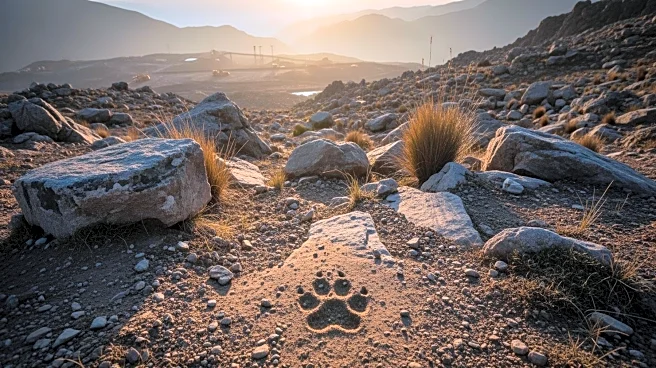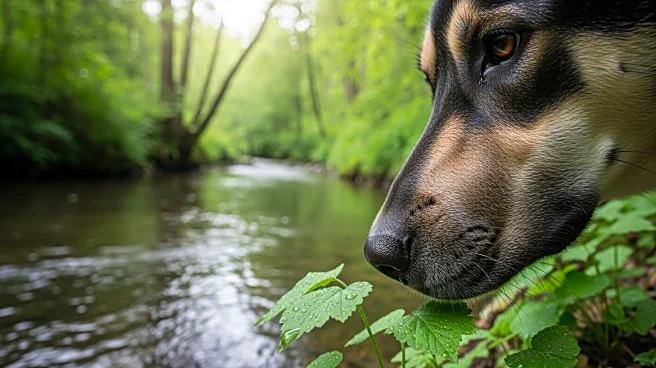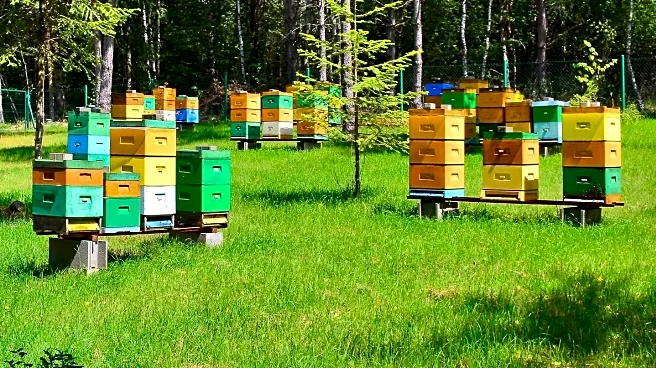What's Happening?
The endangered Andean mountain cat, with a population of less than 2,500, faces a new threat from a proposed mining project in Chile's Rocín River Valley. The habitat of this rare species sits atop a rich
copper deposit, and a Canadian mining company plans to start drilling for the mineral within the next two years. Researchers are concerned that the mining activities could disrupt the fragile ecosystem and further reduce the cat's population. The Andean cat holds cultural significance for local communities, and mining has been identified as the greatest risk to its survival.
Why It's Important?
The mining project raises significant environmental and ethical concerns, as it threatens the survival of the Andean cat and other high-altitude species. The project highlights the ongoing conflict between industrial development and conservation efforts. While mining is essential for obtaining minerals needed for clean energy technologies, it poses risks to biodiversity and cultural heritage. The situation underscores the need for sustainable practices that balance economic growth with environmental preservation. Protecting the Andean cat is crucial for maintaining biodiversity and respecting the cultural values of local communities.
What's Next?
Residents of Chile's Putaendo community have filed a petition to declare the river basin a protected area, which would prevent industrial expansion. Conservation groups like the Andean Cat Alliance are working to raise awareness and promote research on the species. The International Union for Conservation of Nature has identified mining as a major threat, and further assessments are needed to understand the full impact of the project. Stakeholders must collaborate to find solutions that protect wildlife while supporting sustainable development.
Beyond the Headlines
The situation highlights the broader issue of balancing economic development with environmental conservation. It raises questions about the ethical responsibilities of companies operating in ecologically sensitive areas. The cultural significance of the Andean cat adds another layer to the debate, emphasizing the need to consider Indigenous perspectives in conservation efforts. The case serves as a reminder of the importance of preserving natural habitats and the species that depend on them.












